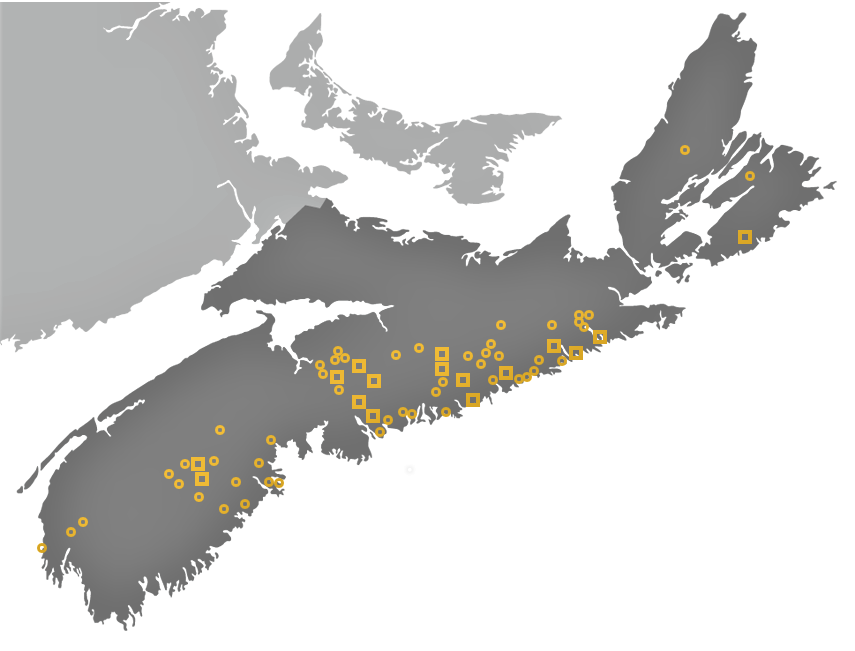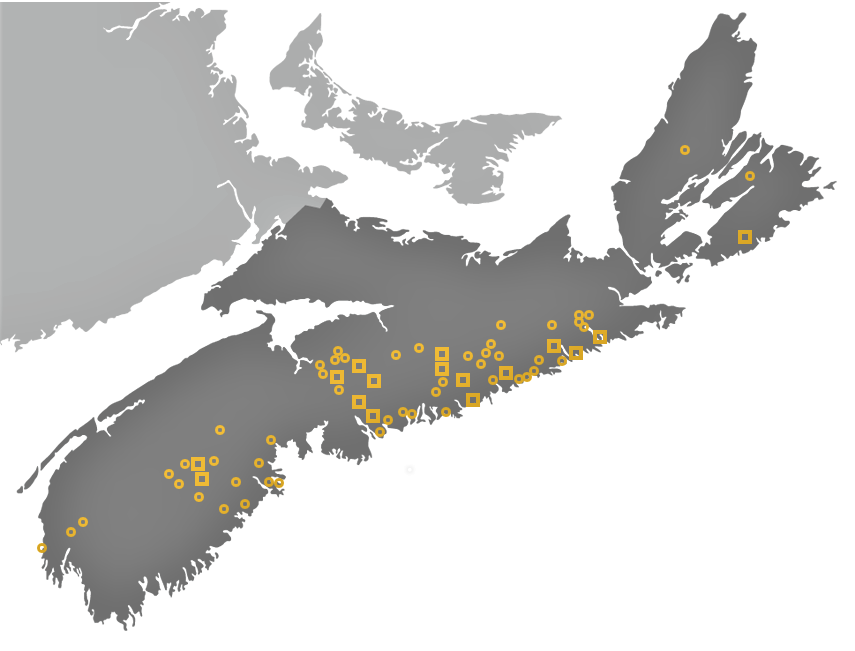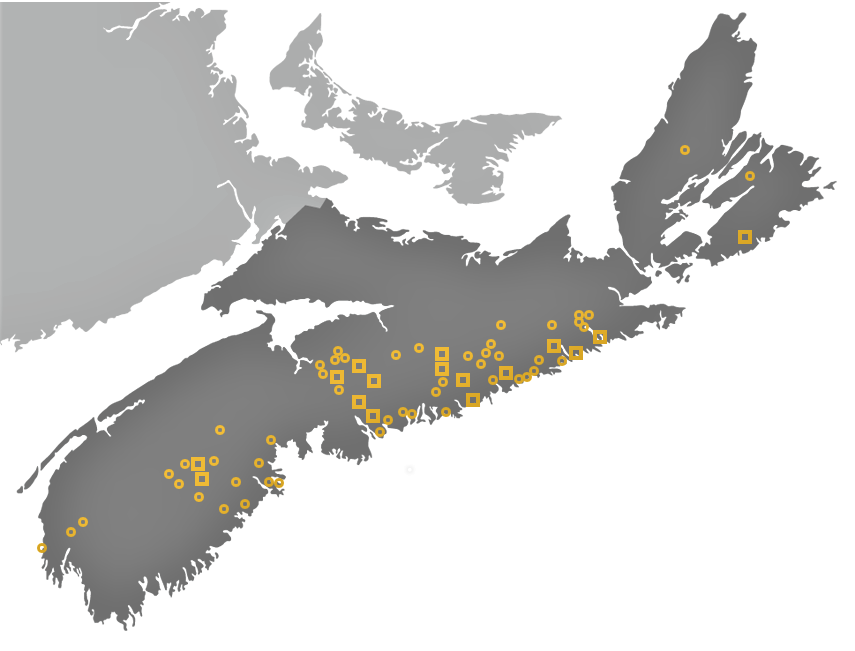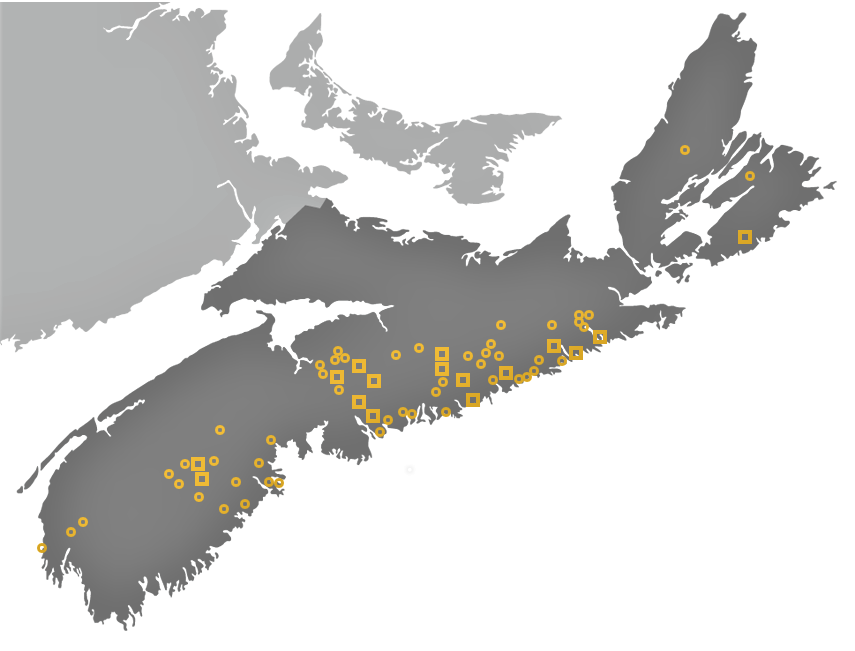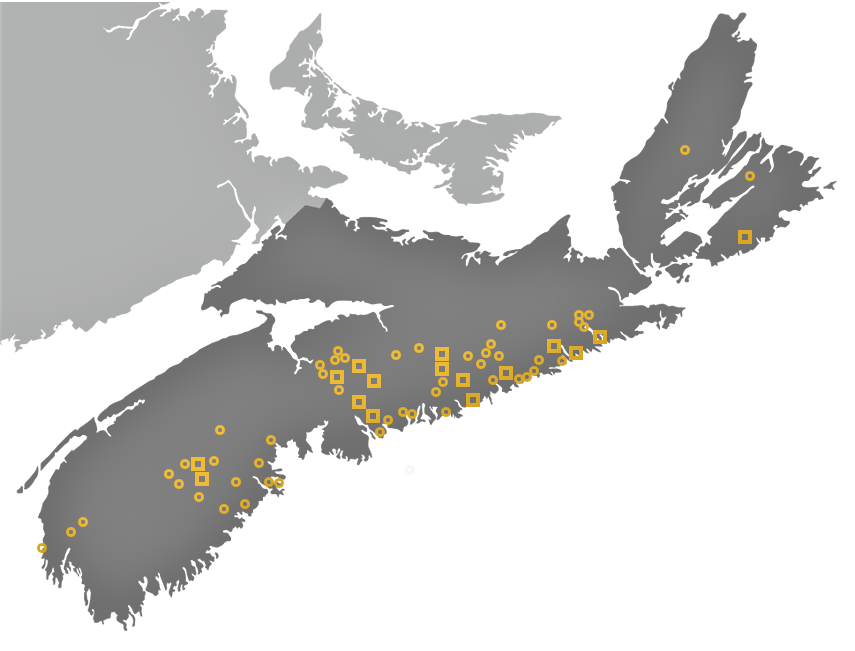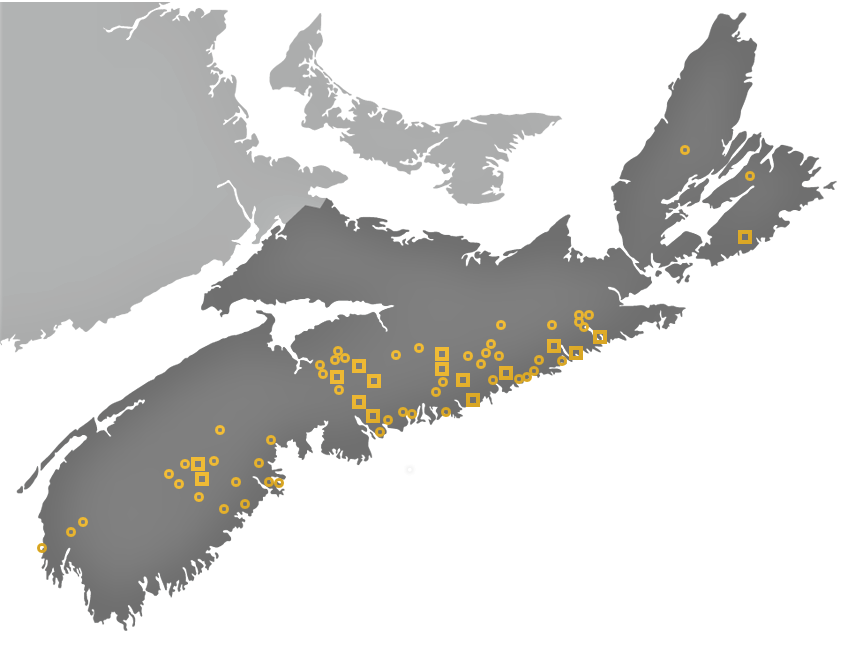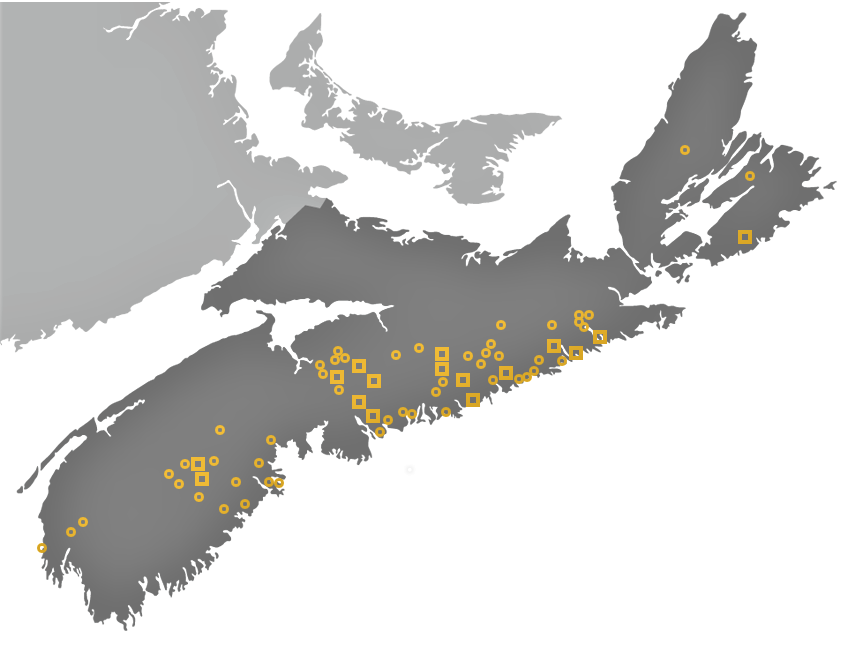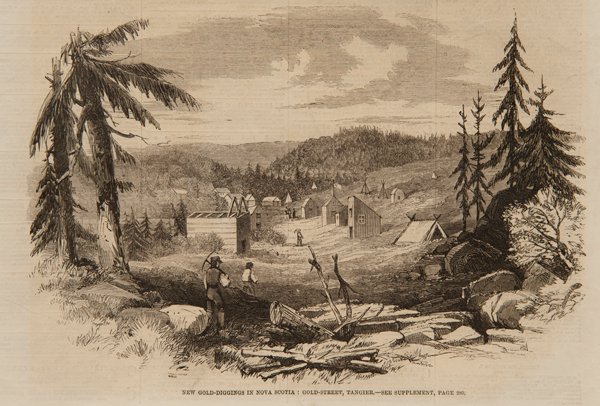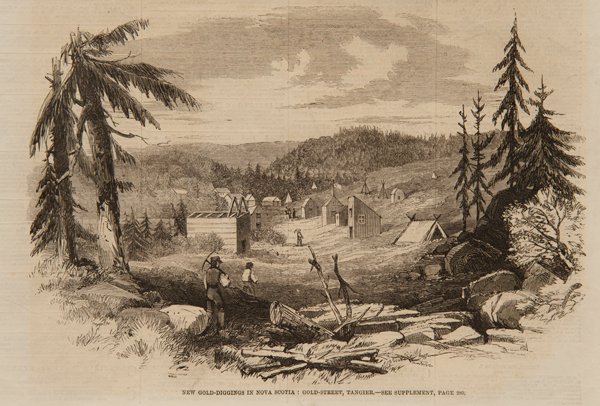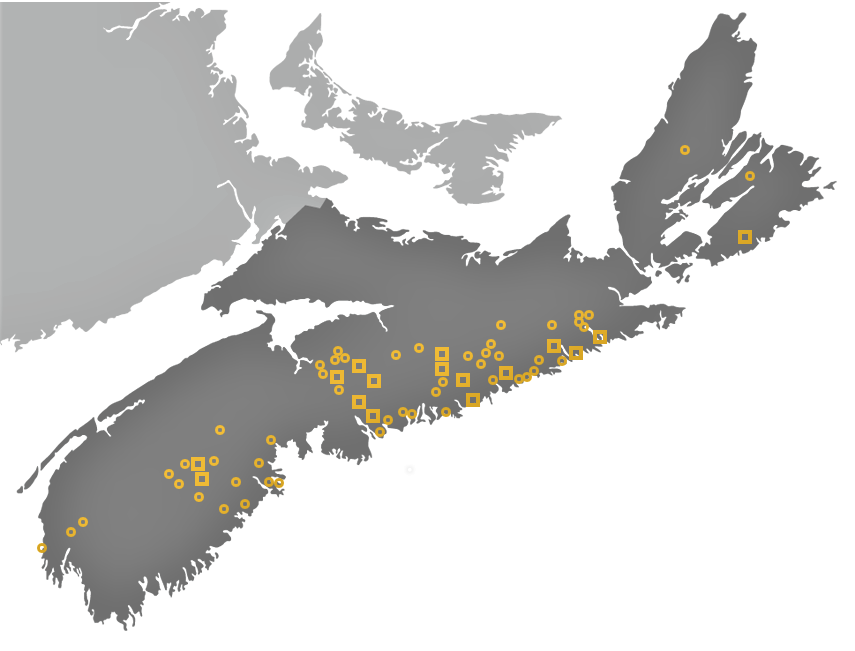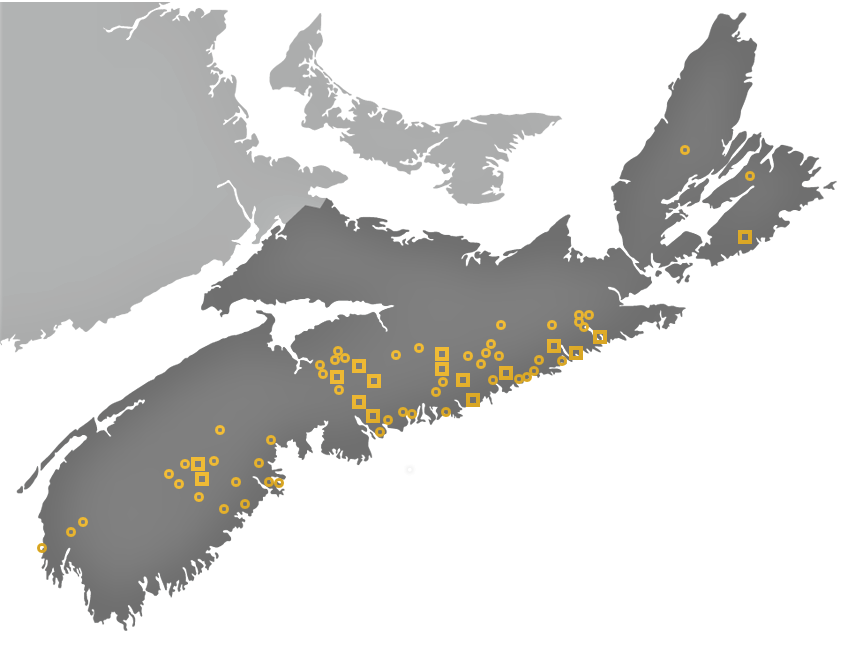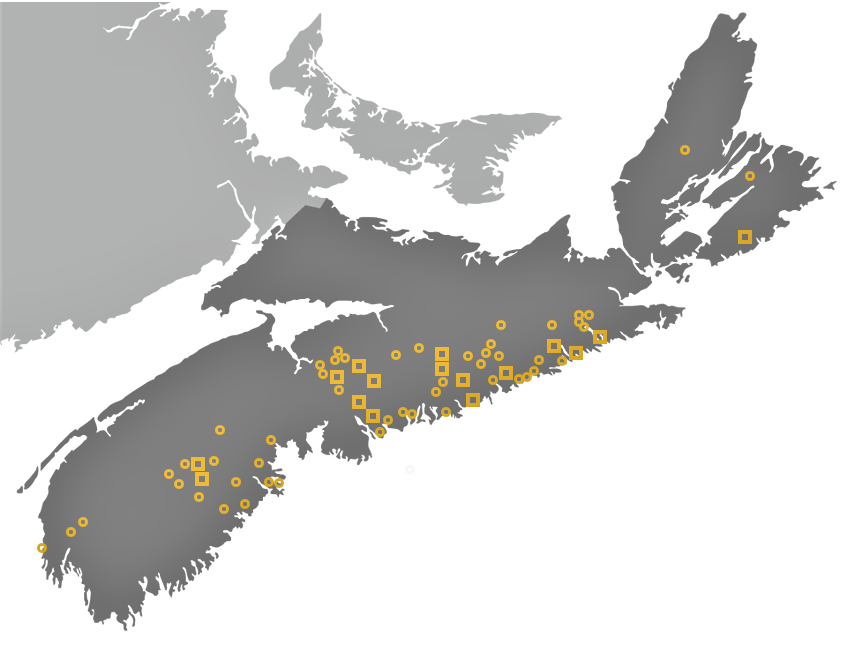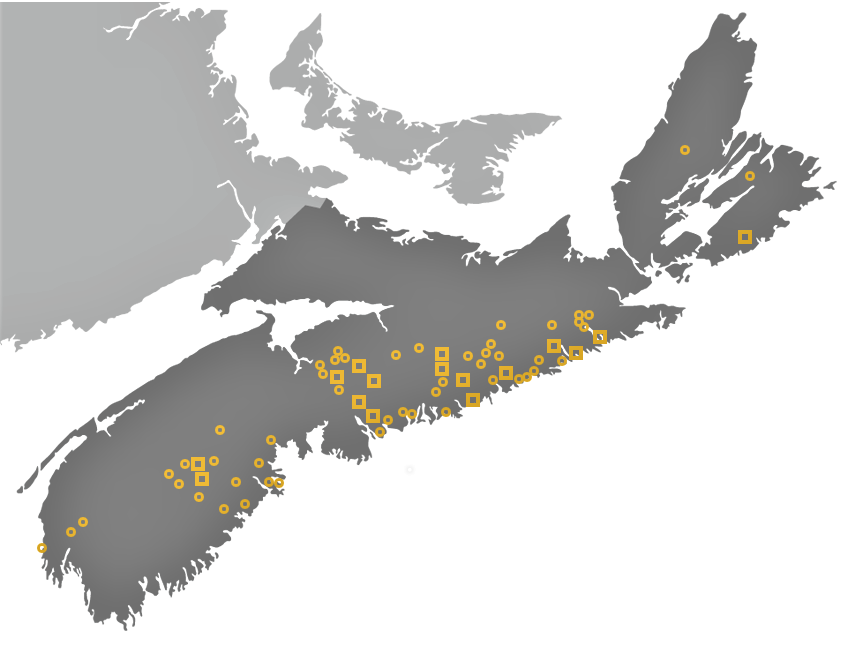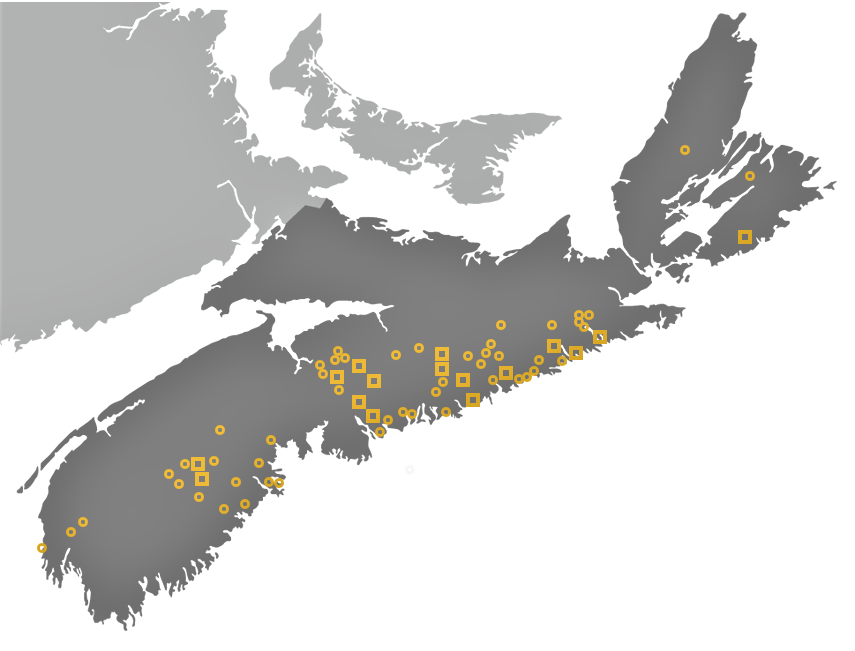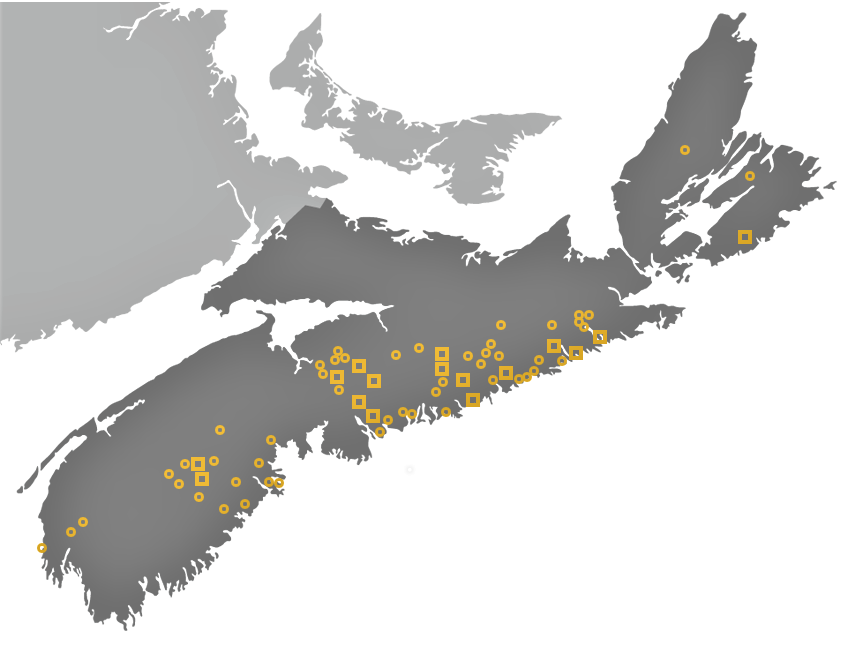Staking a claim to something means you have a right to it or it should belong to you. The expression comes from literally driving wooden stakes into the ground to mark a mineral claim: a specific area where someone has the right to explore and mine.
#nspoli #cbpoli #novascotia
#nspoli #cbpoli #novascotia
The expression originated during the California #goldrush which started in 1848 and came to be used figuratively in the late 1800s.
Staking claims in Nova Scotia began in 1862 when @NSLeg passed “An Act relating to the #Gold Fields.”
#nspoli #cbpoli #novascotia
Staking claims in Nova Scotia began in 1862 when @NSLeg passed “An Act relating to the #Gold Fields.”
#nspoli #cbpoli #novascotia
The law was in response to the province’s first #goldrush which started in 1861 after the discovery of #gold in Mooseland. It gave the government authority to establish and regulate gold districts.
#nspoli #cbpoli #novascotia
#nspoli #cbpoli #novascotia
It also helped avoid the crime, violence and disease that accompanied gold rushes in California and Australia (1851) by establishing a legal process for staking claims and managing areas.
#nspoli #cbpoli #novascotia
#nspoli #cbpoli #novascotia
The 1862 law established a system of mineral claims – defined pieces of land - that could be staked for prospecting and mining. There were four claim sizes, each with a different annual staking fee:
#nspoli #cbpoli #novascotia
#nspoli #cbpoli #novascotia
• 150x250 feet ($40 annual staking fee)
• 150x500 ($80)
• 300x500 ($160)
• 450x500 ($240)
#nspoli #cbpoli #novascotia
• 150x500 ($80)
• 300x500 ($160)
• 450x500 ($240)
#nspoli #cbpoli #novascotia
Government surveyors laid out claim lots. This imposed organization and discouraged miners from digging pits too close together, which could result in collapse or flooding (at this time pits were mostly just holes in the ground). It also helped keep the peace among prospectors.
Anyone who discovered a new mine at least one mile from other mines was given a free 150x250 foot claim – no staking fees for 21 years, a significant benefit since prospectors often had no money and claims often produced little to no profit.
#nspoli #cbpoli #novascotia
#nspoli #cbpoli #novascotia
(It is said that merchants made more money catering to prospectors, investors, and mining companies than miners made from mining!) The free claim encouraged prospecting in new areas and led to additional finds as prospectors did exploration around the free claim.
#nspoli #cbpoli
#nspoli #cbpoli
Prospectors were given one week after a discovery to stake a claim plus 24 hours for each 15 miles of distance they had to travel to register the claim at the office of the #Gold Commission, the regulator established to oversee the gold industry.
#nspoli #cbpoli #novascotia
#nspoli #cbpoli #novascotia
(The law set the Commissioner’s salary at $2000 per year.)
The fact that the government allowed 24 hours to travel 15 miles is a reminder that much of Nova Scotia was wilderness at that time.
#nspoli #cbpoli #novascotia
The fact that the government allowed 24 hours to travel 15 miles is a reminder that much of Nova Scotia was wilderness at that time.
#nspoli #cbpoli #novascotia
Travel to and from historical mines was usually done by ship as there were no roads to most of these remote locations. Prospectors often had to fight their way through the bush and clear the land.
#nspoli #cbpoli #novascotia
#nspoli #cbpoli #novascotia
As mining grew, there were sometimes cart paths from the docks to mining camps but conditions were rough.
#nspoli #cbpoli #novascotia
#nspoli #cbpoli #novascotia
(This is worth bearing in mind when we consider the poor job those early miners did taking care of the environment – their lack of scientific knowledge reflected the era in which they lived.)
#nspoli #cbpoli #novascotia
#nspoli #cbpoli #novascotia
The Act established in law, pre-Confederation, that #NovaScotia’s minerals are owned by the #NS government on behalf of all #NovaScotians. This is important cuz it was the initial legal basis for charging mineral royalties, first on #gold but later on other minerals too.
#nspoli
#nspoli
The Act gave the provincial government’s cabinet authority to appoint a Bailiff of the District, a constable to police the area. These remote locations were often a “wild west” and the safety of citizens was a concern.
#nspoli #cbpoli #novascotia
#nspoli #cbpoli #novascotia
Unscrupulous behaviour was not uncommon and alcohol was often a problem. Lack of supplies and food was a worry, especially with the sudden spikes in population that often accompanied new finds...
#nspoli #cbpoli #novascotia
#nspoli #cbpoli #novascotia
...(i.e. 600 prospectors and miners arrived in Tangier, the first gold district established, within a year of gold being discovered there). And there was #gold to fight over.
In total, Nova Scotia established 64 historical gold districts.
#nspoli #cbpoli #novascotia
In total, Nova Scotia established 64 historical gold districts.
#nspoli #cbpoli #novascotia
Staking claims today is very different. The same concept of staking ground (and the minerals underneath it) is used but in Nova Scotia we use an online mapping system called NovaRoc ( https://novaroc.novascotia.ca/novaroc/page/flex/index.html…).
https://novaroc.novascotia.ca/novaroc/p... href="https://twtext.com//hashtag/nspoli"> #nspoli #cbpoli #novascotia
Claims can be staked from anywhere in the world at any time (no more rushing to the #Gold Commissioner’s office!). Staking fees are paid online and claims holders have to pay renewal fees every two years.
#nspoli #cbpoli #novascotia
#nspoli #cbpoli #novascotia
They also must do a prescribed amount of exploration work to keep their claims in good standing.
There is a total of 371,978 claims in #NovaScotia which are defined by basically laying a grid over the province. 37,837 claims are currently staked, the majority of them for #gold.
There is a total of 371,978 claims in #NovaScotia which are defined by basically laying a grid over the province. 37,837 claims are currently staked, the majority of them for #gold.
Claims are 16.2 hectares on average but their size varies slightly because they are based on the lines of longitude and latitude, which follow the curve of the earth.
#nspoli #cbpoli #novascotia
#nspoli #cbpoli #novascotia
Before NovaRoc was established in 2013, staked claims were managed in ledgers and a master set of 500 mapsheets, which were updated daily by hand. These were only accessible by physically visiting the registry’s office.
#nspoli #cbpoli #novascotia
#nspoli #cbpoli #novascotia
Mineral exploration creates jobs for #NovaScotians, attracts investment and ensures we have the essential materials that our society relies on.
#nspoli #cbpoli #novascotia
#nspoli #cbpoli #novascotia

 Read on Twitter
Read on Twitter